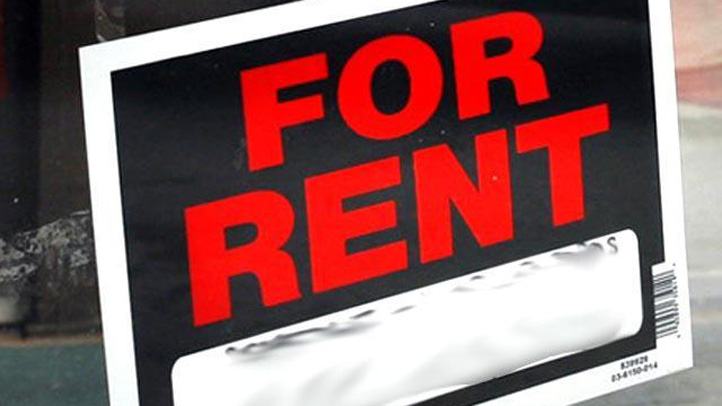Officials with the Transbay terminal promised back in 2008 to pay the Millennium Tower project for any soil settlement and the cracking caused by the transit hub’s construction -- a deal that could now end up saddling taxpayers with hundreds of millions of dollars to repair the sinking and tilting building.
NBC Bay Area has obtained the 30-page agreement that binds the agency overseeing the transit hub on the south side of the tower for any damages by its digging operation. It’s a promise that could significantly strain the $2 billion-plus terminal project. Until a recent bail out, the terminal project had been running a quarter of a billion in the red.
The 2008 deal suggests that the joint powers agency knew before work began on the transit terminal that the tower was not built on bedrock and could be imperiled by the massive digging operation needed to construct the project next door.
But after project officials signed the agreement giving them access to do testing, they learned that the 58-story concrete structure had already sunk ten inches into the bay mud.
The city approved the $600 million Millennium project without it being anchor piles being sunk to through mud at or near bedrock. Such piles prevent sinking and had been often required on other projects in the part of the city built on top of bay mud.
As part of the agreement, the transit authority promised to build a wall between the two projects to prevent damage. The head of the Transbay agency at the time, Maria Ayerdi-Kaplan, left earlier this year amid revelations that the project was in the red.
Since the agreement was signed in late 2008, the terminal has sunk another six inches and is now leaning two inches to the northwest, away from the terminal project south side wall.
Local
In the agreement, the joint powers authority agreed to “Repair damage to waterproofing or cracks in the foundations or walls of the development resulting from settlement or movement substantially caused by the construction activities.”
All the sides are preparing to fight in court what role the Transbay project’s construction activities that caused the tower to begin leaning. Millennium officials have said that the terminal officials were “obligated to monitor and protect existing structures, and to mitigate any impacts of their work.”
Transbay officials have countered that the data collected since 2009 shows that the “full responsibility for the tilting and excessive settlement of the building lies with Millennium Partners, the developer of the Tower,” and that the a “poor design decision is the cause of the tilt and excessive vertical settlement” at issue in the dispute.
It’s the tower’s leaning, according to experts, that could spell disaster for the luxury high rise.
“If they get too far off center,” former San Francisco assistant fire chief Frank Blackburn warned, “the elevators won’t work or they’ll jam.”
Blackburn, formerly director of the city’s earthquake preparedness effort, that could mean “people couldn’t get out – it’s a serious problem in my opinion.”
The building was only supposed to sink six inches at the most over its lifetime, but since 2009 the building has dropped 16 inches and is now sinking at a rate of about one inch per year.
Some of the owners of the luxury units have recently filed a $500 million suit for construction defects, naming both the developer and the joint powers authority as responsible. More suits are expected.
Jackson Fahnestock, an architect who was recently appointed to a citizens advisory panel to the Transbay project, said he has some experience with such disputes.
“They tend to be very complex – I believe this will go on into some litigation that is beyond what I know,” he said.
“Any time a building settles or tilts,” he says, there will be disputes over who is liable.
“Things happen when you don’t have full compaction,” he said. “It’s not something you want to see.”



